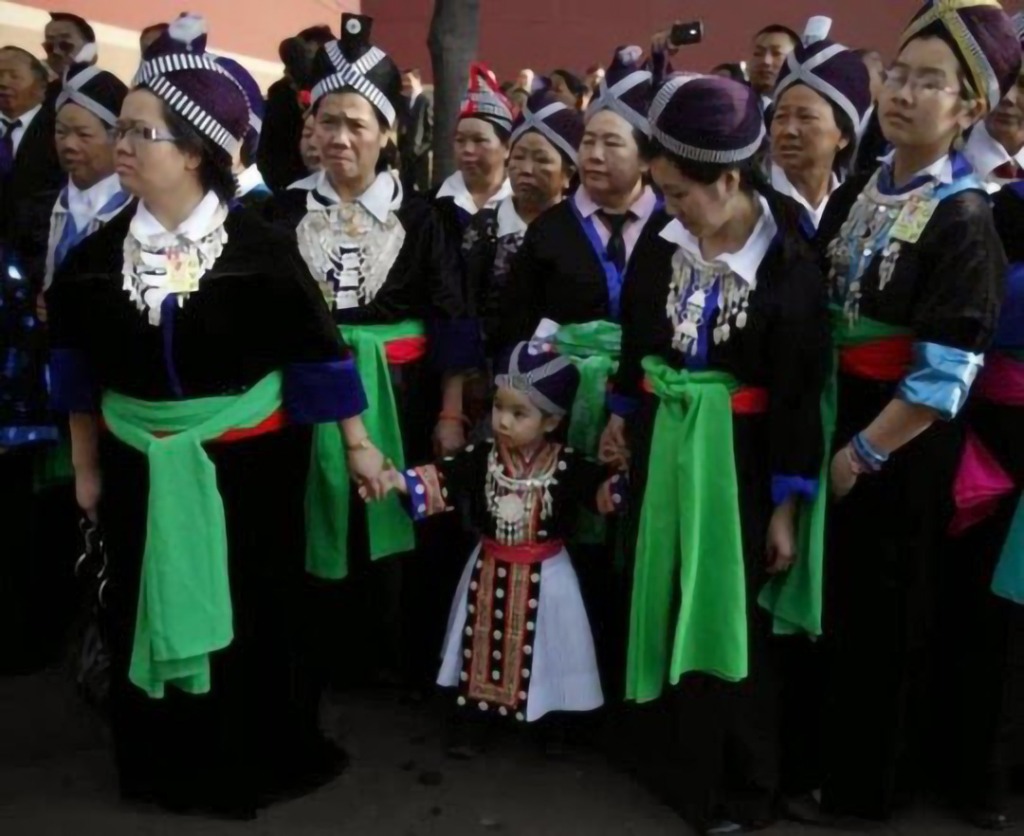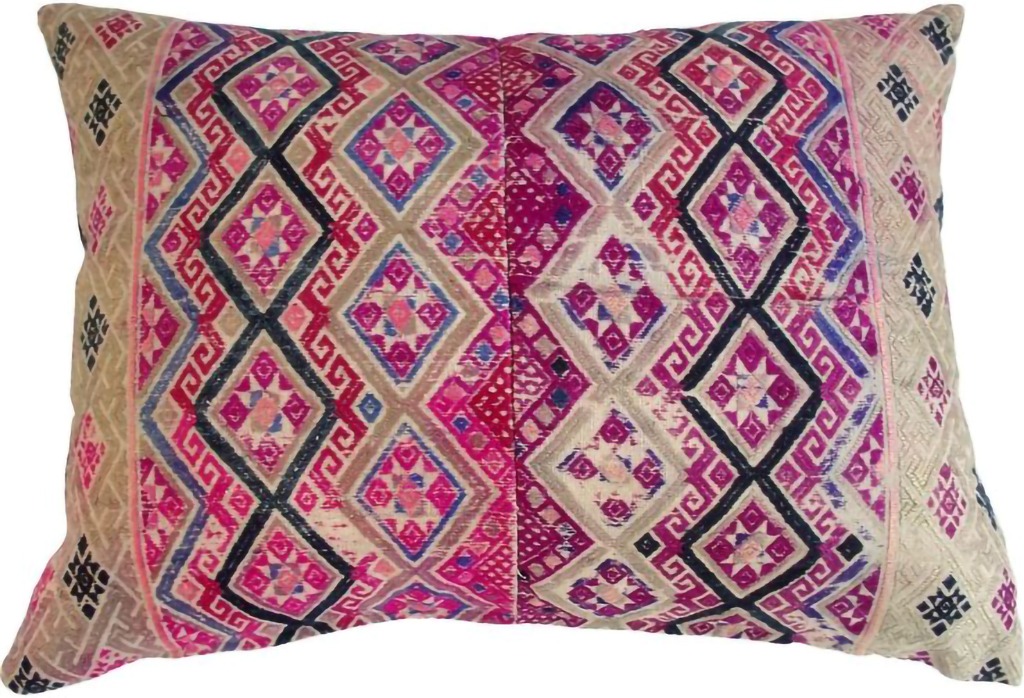
Native Americans Is to America As Hmong Is to Asia
Native Americans Are to America as Hmong Are to Asia
Explore the cultural parallels between Native Americans and the Hmong, two indigenous groups with deep roots and traditions unique to their respective continents.

Native Americans Are to America as Hmong Are to Asia – When we think about indigenous cultures deeply tied to their lands, we often draw comparisons to understand their histories and cultural significance. Just as Native Americans represent the original peoples of America, the Hmong stand as one of the native tribes of Asia. This analogy underscores the shared experiences of resilience, adaptation, and cultural preservation.
Understanding the Hmong
The Hmong are a native tribe originating from Asia, specifically from regions such as China, Vietnam, Laos, and Thailand. Much like Native Americans, the Hmong have faced displacement, cultural suppression, and challenges in preserving their heritage while adapting to the modern world. Despite this, the Hmong community remains vibrant and deeply connected to their traditions.
Fun Fact: The Hmong language is part of the Hmong-Mien family, which is rich in oral traditions and symbolic storytelling.
Shared Themes Between Native Americans and the Hmong
- Connection to Land and Nature: Both cultures emphasize respect for the land and natural world, seeing themselves as stewards of the earth. This spiritual connection to nature is reflected in rituals, art, and daily life.
- Oral Histories and Traditions: Both groups rely heavily on oral traditions to pass down stories, history, and customs, ensuring their heritage survives despite historical adversities.
- Adapting Through Adversity: The Hmong and Native Americans have overcome displacement and historical challenges while maintaining a strong sense of identity. Whether through diaspora or colonial expansion, these groups have shown remarkable resilience.
Bridging Continents: Cultural Appreciation
The Hmong and Native Americans, while from vastly different parts of the world, share striking similarities in their cultural significance. Recognizing these parallels fosters cross-cultural understanding and celebrates the uniqueness of native peoples around the globe.
“Native Americans are to America as Hmong are to Asia” reminds us of the importance of honoring indigenous cultures and the legacies they carry.
Key Takeaway
This blog encourages readers to reflect on how indigenous groups across continents share universal themes of cultural richness, resilience, and an enduring connection to their roots.
References and Further Reading
- Hmong | Www.Urbandictionary.Com | Native Americans is to America as Hmong is to Asia.





Responses